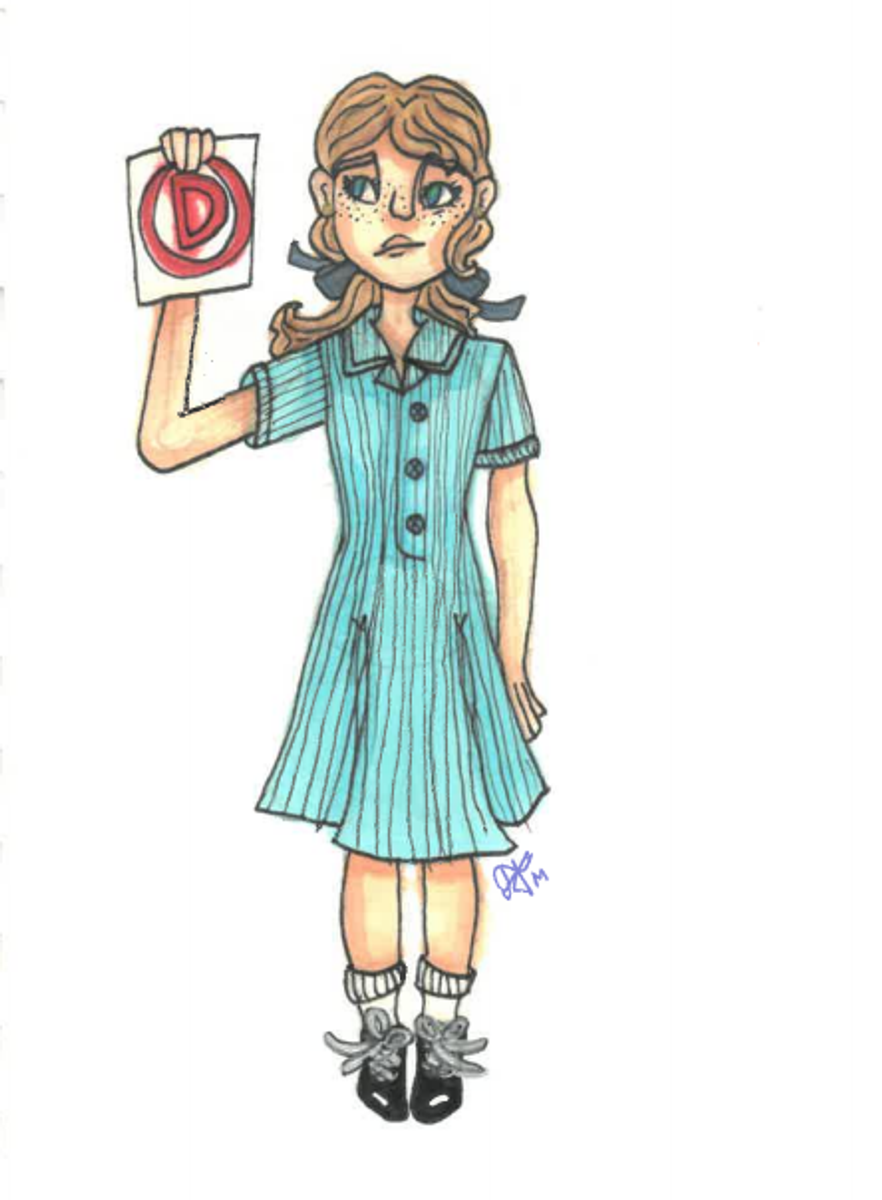Curriculum and Pedagogy
Julia O'Rourke

Curriculum and Pedagogy
Julia O'Rourke


Reports for students from Prep to Year 10 will be issued via SEQTA on Thursday August 27, providing an indication of students’ learning achievement at the end of Semester One.
A national approach requires us, twice a year, to report student achievement using a 5 point rating. In Years 3–10 the letter ratings A–E are used, while Prep to Year 2 students receive corresponding achievement descriptors. But what do these ratings mean?
A-E ratings don’t compare one student to another, or one student to the average, but rather they indicate student learning in relation to the Australian Curriculum Achievement Standard for each subject at each year level. Achievement Standards are descriptions of the knowledge, understanding and skills to be taught and learned within a given subject each year.
Teachers use the Achievement Standards to plan teaching and also to determine what each student has learnt. In this context a “C” rating indicates the student has achieved the year level Achievement Standard in a particular subject, at the time of reporting. A “C” rating represents a significant achievement. “A” and “B” ratings reflect a depth and breadth of understanding and skill development that go beyond the learning described in the Achievement Standard.
But what about the “D” and what is wrong with this picture? The expression of disappointment on the student’s face in this image suggests that a “D” rating is a failure or that it reflects a lack of individual progress. A “D” does not mean failure, but rather that a student, engaged in the grade level curriculum, has not yet mastered the knowledge and skills described in the Achievement Standard. He/she may be well on the way to doing so, may have worked with great effort and may have made significant progress from his/her starting point, but this effort and growth can be masked by the A-E rating. It is to be expected that not all students will master a body of learning at the same time, and a single letter assessment rating doesn’t tell the whole story.
As with all assessment scales, A-E reports have their limitations and are only one means of providing information about each student’s learning progress. Report ratings should be coupled with the continuous online feedback teachers provide as well as conversations with your son’s/daughter’s teachers, to form a comprehensive understanding of his/her learning progress to date.